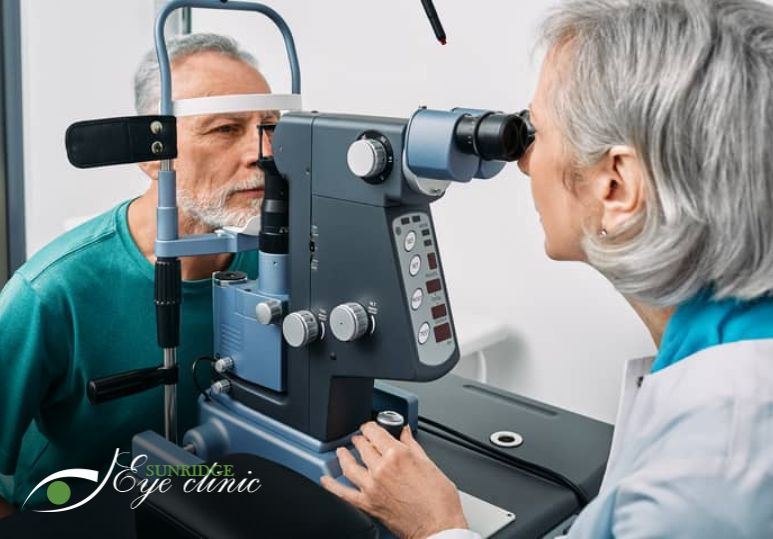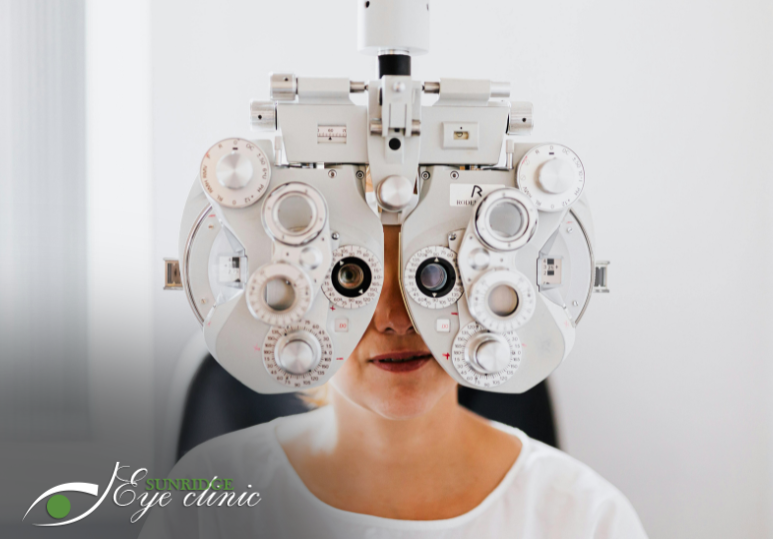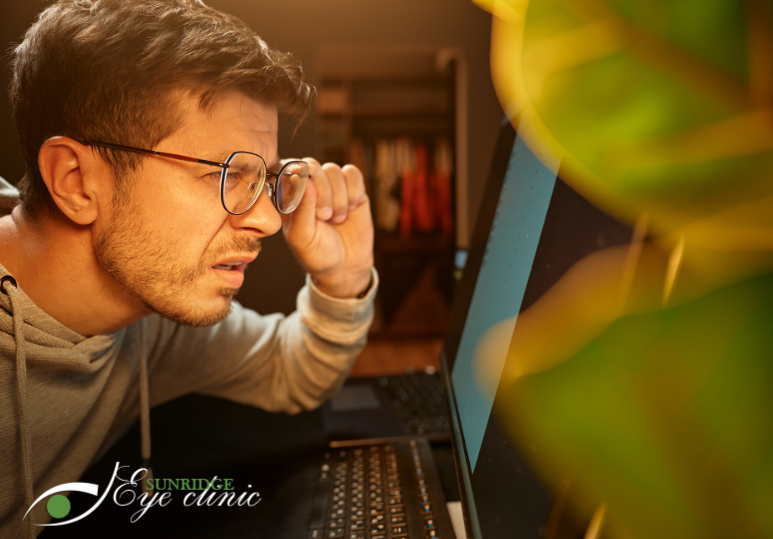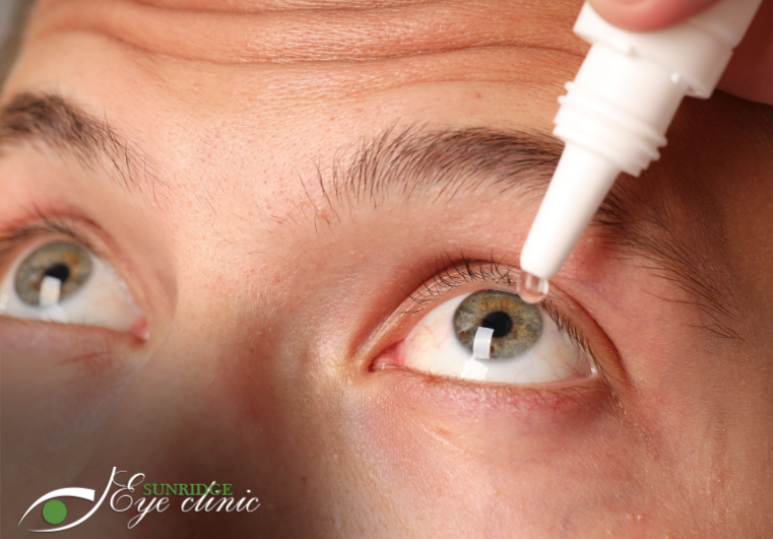What Does An Optometrist Look For In An Eye Exam?
During an eye exam, your optometrist will examine your eye health by looking into your eye and perform several optical tests. When your optometrist views your eye, they will be examining various aspects to search for any abnormalities that might indicate the development of eye conditions. These may include:
- Age-Related Macular Degeneration. This condition affects your central vision and limits your ability to see fine details. During an eye exam, your optometrist will search for protein and lipid deposits called drusen, as well as any abnormalities in the macula or leaking bleeding blood vessels in the eyes. Learn more by reading AMD Awareness Month: The Fact About Age-Related Macular Degeneration.
- Glaucoma. This refers to a collection of conditions that result in poor vision or even blindness. Glaucoma is typically caused by pressure in the eye that damages the optic nerve. Learn more by reading Everything You Need To Know About Glaucoma Testing.
- Cataracts. This condition is a clouding of the crystalline lens as proteins break down. Unlike other eye conditions, cataracts can be corrected and vision restored with either corrective lenses or cataract surgery. Learn more by reading Cataract Awareness Month: 6 Things You Should Know About Cataracts.
- Dry Eye Syndrome (DES). This condition is when dry eye symptoms persist. Tell your optometrist if you have dry eyes and they will examine your tear production. Sometimes medication for other health conditions can cause dry eyes.
What To Expect From An Eye Exam?
To test for the listed eye conditions and more, your optometrist will administer several tests during your eye exam. These will include:
- Preliminary Tests. During the start of the eye exam, you will perform several simple tests to determine your muscle movement, depth perception, colour vision, and pupillary response. If your responses aren’t standard, further testing may be required.
- Visual Acuity Test. This test will measure how your eyes work both together and independently at different distances.
- Refraction Test. This test determines where light focuses in your eye and is used to create an accurate prescription if you need one.
- Eye Pressure Test. A common sign of glaucoma development is high levels of pressure in the eye. Your optometrist will check for this by administering a test that either blows a puff of air on your eye or that applies gentle pressure to the eye.
- Dilated Retinal Exam. Your optometrist will need to see into your eye and you will likely need to have photos taken of your inner eye. To help get the best view of the inner eye, your optometrist may dilate (enlarge) your pupils with specialty eye drops. This will cause the pupil to expand to give your optometrist a clear view into the eye.
- Retinal Imaging. Also called ophthalmoscopy, this may also be done while your pupils are dilated. Retinal imaging takes photos of the inside of your eye to create a detailed 3D image so that your optometrist can see everything. Because they are photos, your optometrist can examine them for longer, zoom in, and keep your retinal photos on file to compare year-to-year to see if there are any changes.
- Slit-Lamp Exam. A slit-lamp is essentially a microscope with a bright light attached. During an eye exam, your optometrist will use this to look at your eye to see various components of the eye.
Seniors Eye Exams In Calgary
Regular eye exams are an important part of your health, especially as you age. Eye exams can determine if you are developing any eye conditions before these conditions start to present symptoms. By diagnosing eye conditions early, your optometrist can develop a management plan to slow or stop the progression of the eye condition to preserve your vision. At Sunridge Eye Clinic, our optometrists will examine your eye health and determine your prescription. If you do have an eye condition, our Calgary optometrists work with you to save your eye health and prevent the condition from worsening. To schedule an eye exam, contact Sunridge Eye Clinic at 1-403-280-7518 or fill out the online contact form.
FAQ
Q: How long is a comprehensive eye exam?
A: A comprehensive eye exam will last anywhere from 30 minutes to an hour depending on the tests performed by your optometrist.
Q: When do most people develop eye conditions?
A: While you can develop an eye condition at any point in your life, it is most common for eye conditions to begin developing after age 40. Your risk for developing eye conditions will continue to increase as you get older, but other factors such as diet, exercise, lifestyle, tobacco use, sun exposure, and more will also affect your risk of developing eye conditions.
Q: How often should I receive eye exams?
A: If you are 65 or over or if you have health complications such as diabetes or high blood pressure, you should get an eye exam every year. You should also visit the optometrist any time you experience problems with your vision. If you are between the ages of 18 and 64, you should receive an eye exam at least every 2 years.






